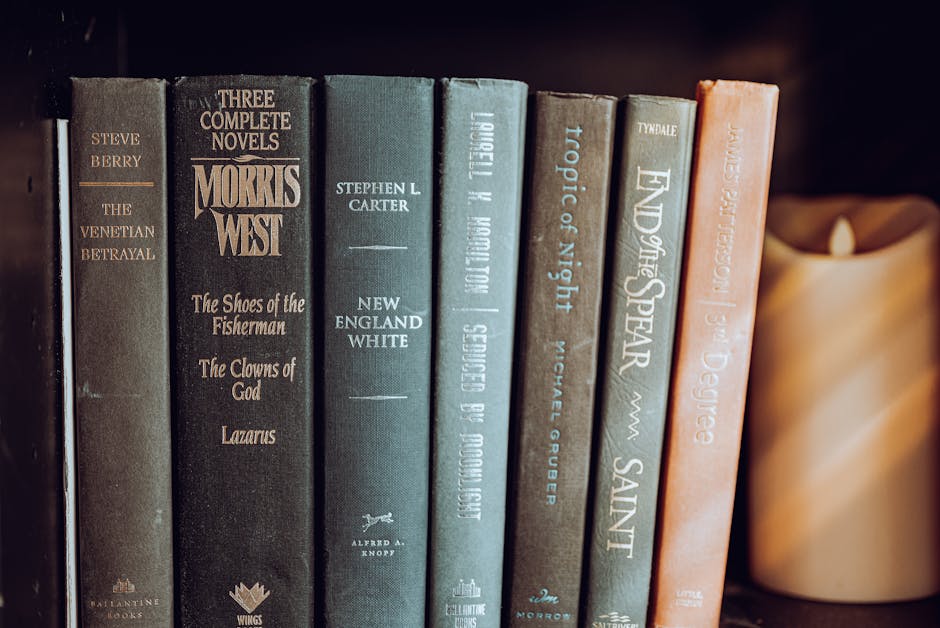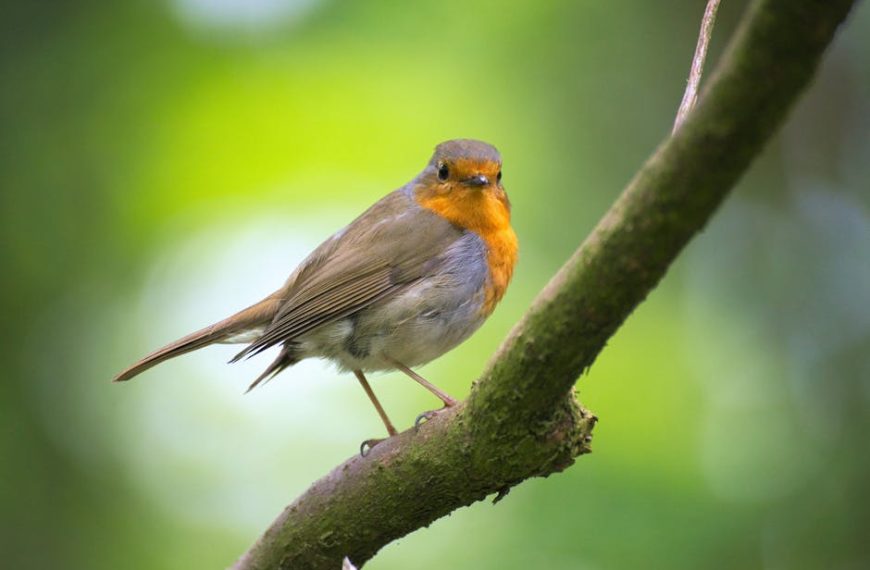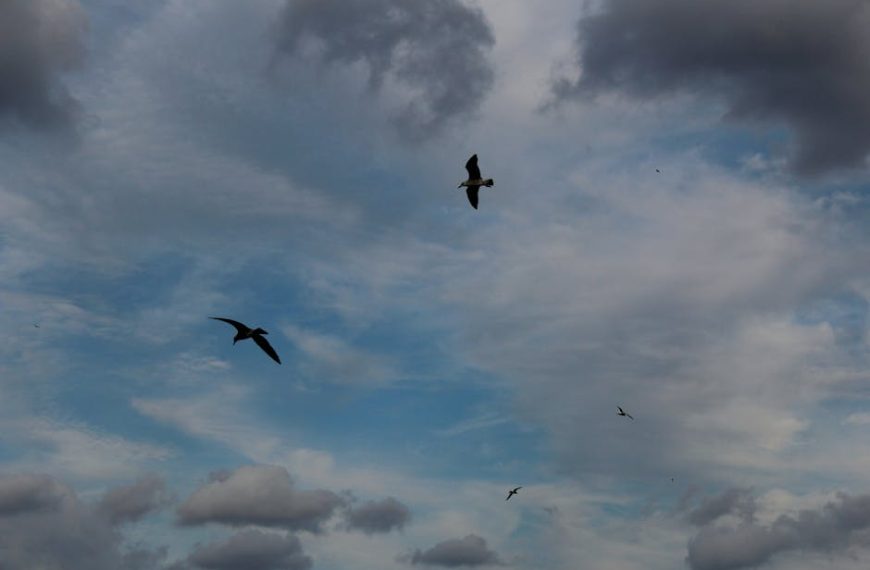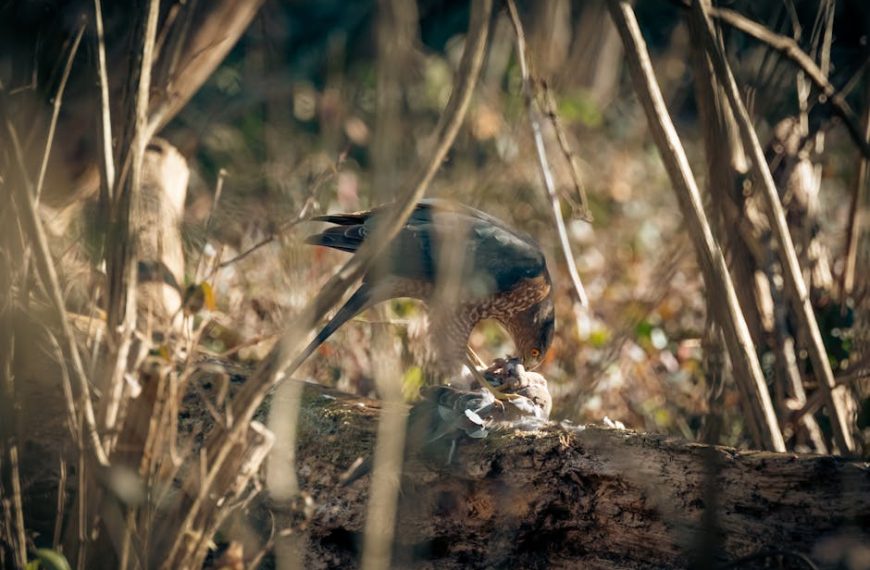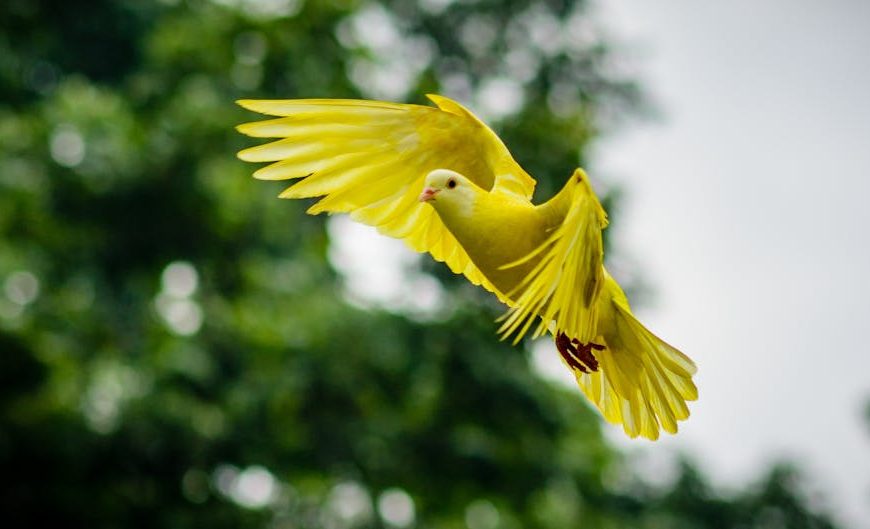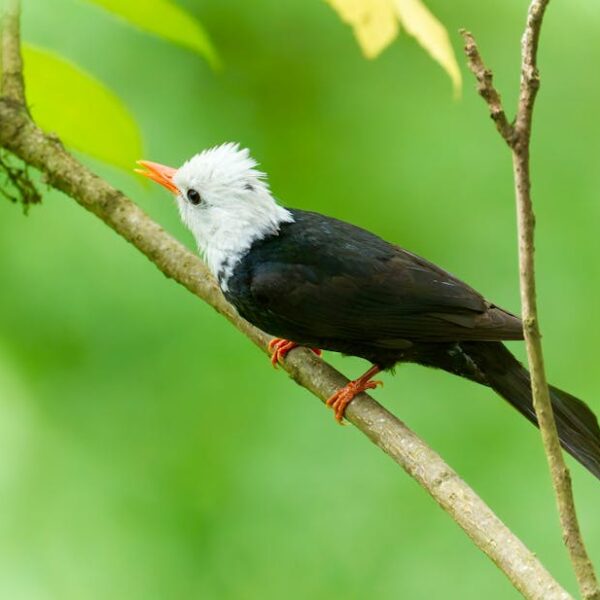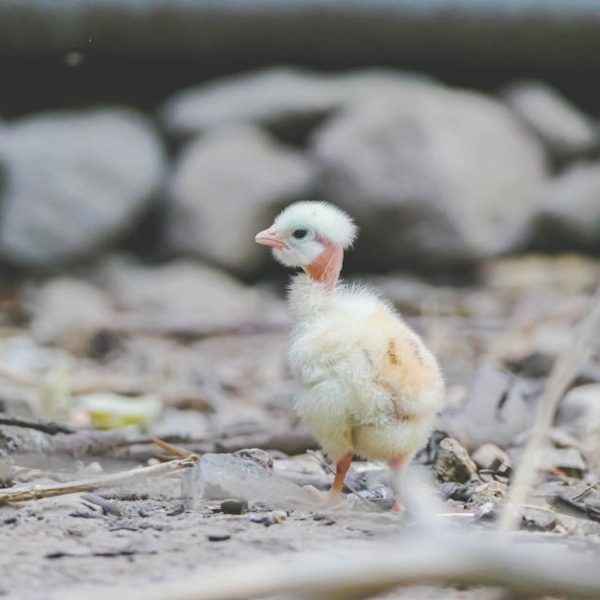Alfred Hitchcock’s formidable cinematic masterpiece, ‘The Birds,’ released in 1963, sparked immense curiosity and intrigue through its unique premise – malicious birds wreaking havoc on a small town. The baffling source of avian hostility against humanity has led to diverse interpretations and hypotheses, unveiling layers of analytic depth within the film. This piece will elucidate potential reasons behind the mysterious bird attacks and engage in an exploration of the various elements of symbolism, humanity’s relationship with nature, psychological nuances, absurdity, chaos, and technological constraints that directly impact the narrative of ‘The Birds’.
The Symbolism Embedded in the Bird Attacks
The persistent avian onslaught interwoven within ‘The Birds’ narrative serves as a pivotal symbolic representation of lurking threats. Analyzing the film’s events reveals a wide array of underlying symbolism that the birds personify. Some theories suggest the birds embody primal instincts and raw nature lurking beneath the veneer of civilization, ready to implode explosively.
Additionally, more nuanced interpretations position the birds as bizarre external manifestations of inner turmoil. The characters’ reticent feelings of fear, guilt, and repressed desires are mirrored in the birds’ unpredictable, deadly behavior. This symbolism extends beyond individuals, potentially encapsulating collective social or cultural anxieties plaguing the narrative’s tranquil setting.
Humanity’s Relationships to Nature Explored
The bird attacks in Hitchcock’s film aren’t mere plot devices; they’re illuminating and somewhat disconcerting commentary on humanity’s relationship with nature. The birds’ heightened aggression and coordinated disturbances accentuate the profound disconnect between humans and the natural world. The violence inflicted upon individuals serves to lay bare the underlying neglect and prevailing alienation prevalent in humans’ attitudes towards nature.
These violent confrontations between man and nature could be interpreted as Hitchcock’s critique of humanity’s self-assured superiority. The subsequent chaos subverting the pioneering illusion of control shatters this illusion, exposing mankind’s frailty in the face of nature’s unpredictable forces. Audiences left grappling with these subversive ideas are urged to reassess the dynamics between humans and the natural world.
Examining the Psychological Aspects of the Bird Attacks
Hitchcock’s mastery of suspense and psychological intrigue is palpable in ‘The Birds’. The peculiar choice of ordinary birds as malevolent entities adds a surreal, unnerving layer to the film. It suggests that the bird attacks might symbolize the characters’ mental states and collective social anxieties. Their shared ordeal reflects unconscious fears and paranoia plaguing their psyche, transposed onto the otherwise harmless creatures in their environment.
This interpretation introduces numerous psychological theories that parallel the bird’s attacks, like projection and repression. Freudian analysis might argue the birds embody repressed sexual tensions, while a Jungian approach might suggest they represent a form of collective unconscious. These divergent interpretations not only paint a multifaceted picture of the characters’ inner worlds, they keep audiences entranced by the unfolding psychological landscape.
Hitchcock’s Theory of Absurdity and Chaos
In exploring Hitchcock’s timelessly embedded message in the bird attacks, his existential views on life and its inherent irrationalities play a significant role. Hitchcock was averse to neatly wrapped storylines. He brought to life an alternative universe thriving on absurdities, randomness, and unpredictable outcomes – the bird attacks in ‘The Birds’ encapsulate these elements perfectly.
The absence of a definitive reason for the birds’ hostility underlines life’s unpredictable nature, forcing the characters (and consequently the audience) to confront and accept the chaos. A critical comparison between ‘The Birds’ and Hitchcock’s other cinematic ventures such as ‘Psycho’ and ‘North by Northwest’ highlights his recurrent use of chaos and the absurd to destabilize the narrative’s perceived predictability.
Exploring the Technological Constraints and Its Impact on the Narrative
Considering ‘The Birds’ was shot in the early 1960s, the technological limitations imposed a profound impact on the overall depiction of bird attacks. Despite advancements in film technology, the then-current state of special effects was impractical for simulating realistic crowd scenes with attacking birds.
The necessity to navigate these limitations undoubtedly influenced the aesthetics of the bird attacks. Minimalist and inferred violence may have inadvertently amplified the suspense and psychological terror associated with the unseen and unknown, contributing to the film’s enduring allure.
To understand how the technical constraints of Hitchcock’s era may have shaped the narrative of ‘The Birds’, we can analyze the progression of technology in cinema and look for parallels in current and older movie scripts. The influence of contemporary techniques on script-writing has shaped the overall narratives of classic films, offering a revealing perspective on how these influences have evolved over time.
In conclusion, the exploration of crucial elements in ‘The Birds’ offers a comprehensive perspective on Hitchcock’s ingenious narrative. The intersection of symbolism, human-nature relationships, psychological aspects, absurdity, chaos, and technological constraints provides an accurate representation of the cinematic conditions during Hitchcock’s time. They also unravel the multilevel complexity of the film, offering a melodramatic entree into an otherwise quiet realm. Through Hitchcock’s cinematic prowess, ‘The Birds’ continues to inspire, entertain, and bewilder audiences over half a century later.
Key Takeaway:
- The birds in Hitchcock’s ‘The Birds’ serve as symbolic representations of various themes ranging from primal instincts to collective social anxieties.
- The bird attacks in the film highlight the profound disconnect between humans and nature, serving as a critique on society’s attitude towards the natural world.
- Hitchcock’s use of bird attacks could reflect psychological aspects, potentially symbolising subconscious fears and paranoia.
- Alfred Hitchcock uses the bird attacks to depict life’s inherent unpredictability and chaos.
- The technological limitations of the 1960s may have greatly shaped the narrative of ‘The Birds’, affecting how the bird attacks were portrayed in the film.
Understanding the layers of symbolism and conceptual depth within Hitchcock’s ‘The Birds’ allows us to appreciate the film in its complexity. Audience can identify and deeply comprehend these intricate considerations to better grasp the multifaceted implications of such a masterpiece. Even amidst uncertainty and chaos, there are lessons to learn and insights to glean. So regardless of the mystery that remains about the birds, keep watching, keep wondering, and keep enjoying the unending intrigue that is Hitchcock’s ‘The Birds’.
FAQs
Q: Are there other films by Hitchcock with prevalent symbolism like in ‘The Birds’?
A: Yes, Hitchcock often used symbolic elements in his films. For instance, in ‘Psycho’, the stuffed birds in Norman Bates’ parlor represent the thematic overlap between humans and animals.
Q: How did Hitchcock work around the technological constraints during the making of ‘The Birds’?
A: Hitchcock and his team used a variety of innovative tactics like animatronics, trained live birds, and even animations for the bird attack scenes.
Q: Did ‘The Birds’ have any subsequent influence on the genre of suspense and horror films?
A: Yes, ‘The Birds’ significantly influenced the genre. Its innovative use of everyday creatures as sources of terror inspired many suspense and horror films afterward.
Q: How does Hitchcock portray humanity’s relationships to nature in his other films?
A: Hitchcock’s films often showcase humans’ complex relationship with nature; sometimes it’s harmonious, in others, it’s challenged or outright hostile.
Q: Does Hitchcock utilise the theory of absurdity and chaos in his other works as well?
A: Yes, many of Hitchcock’s films incorporate the themes of absurdity and chaos. For instance, in his film ‘North by Northwest’, the plot is dictated by a series of random, chaotic events.
Feel free to share this article with other cinephiles and Hitchcock enthusiasts. Check out more posts on our website for further insights into celebrated films and filmmakers.
